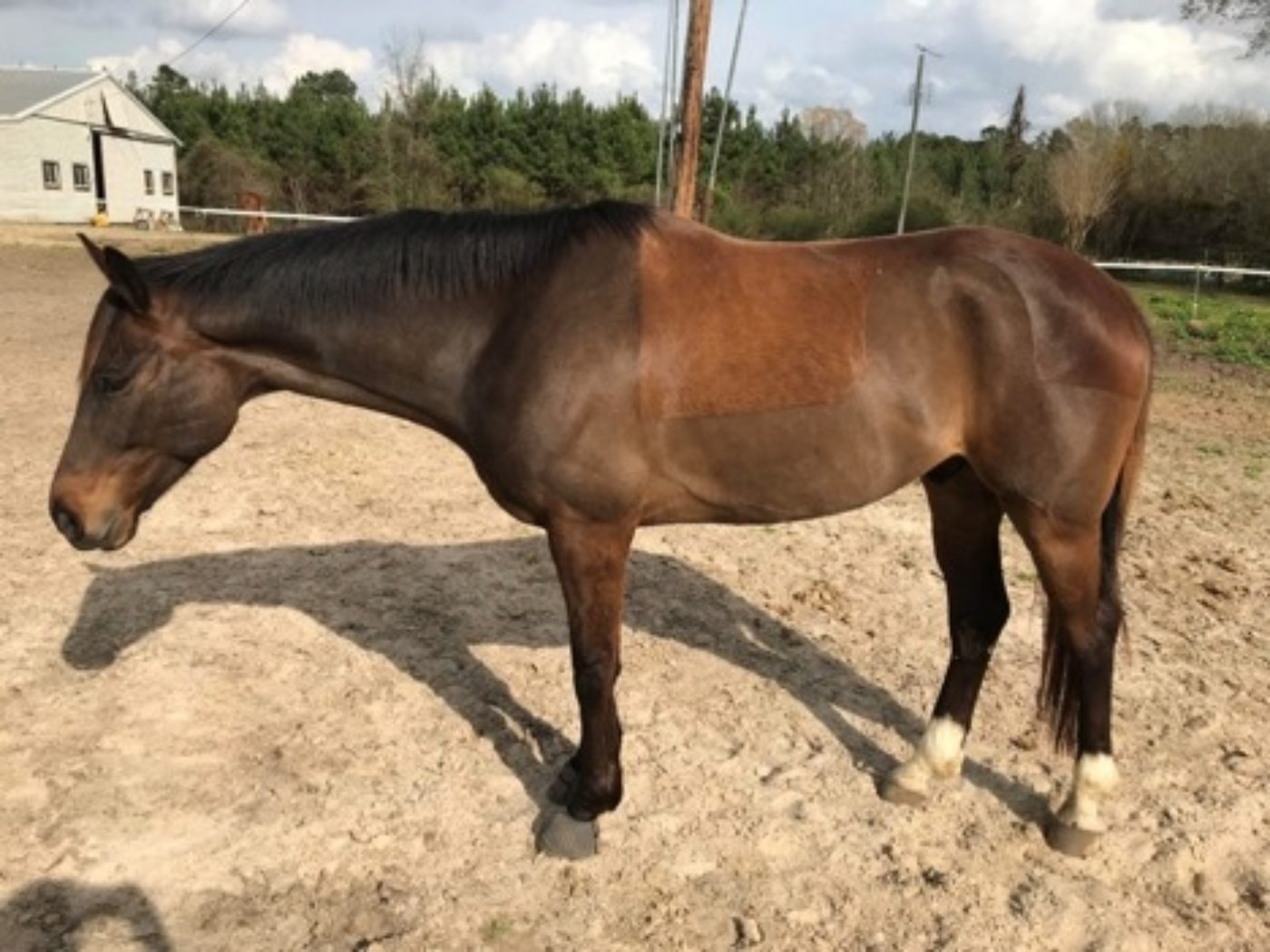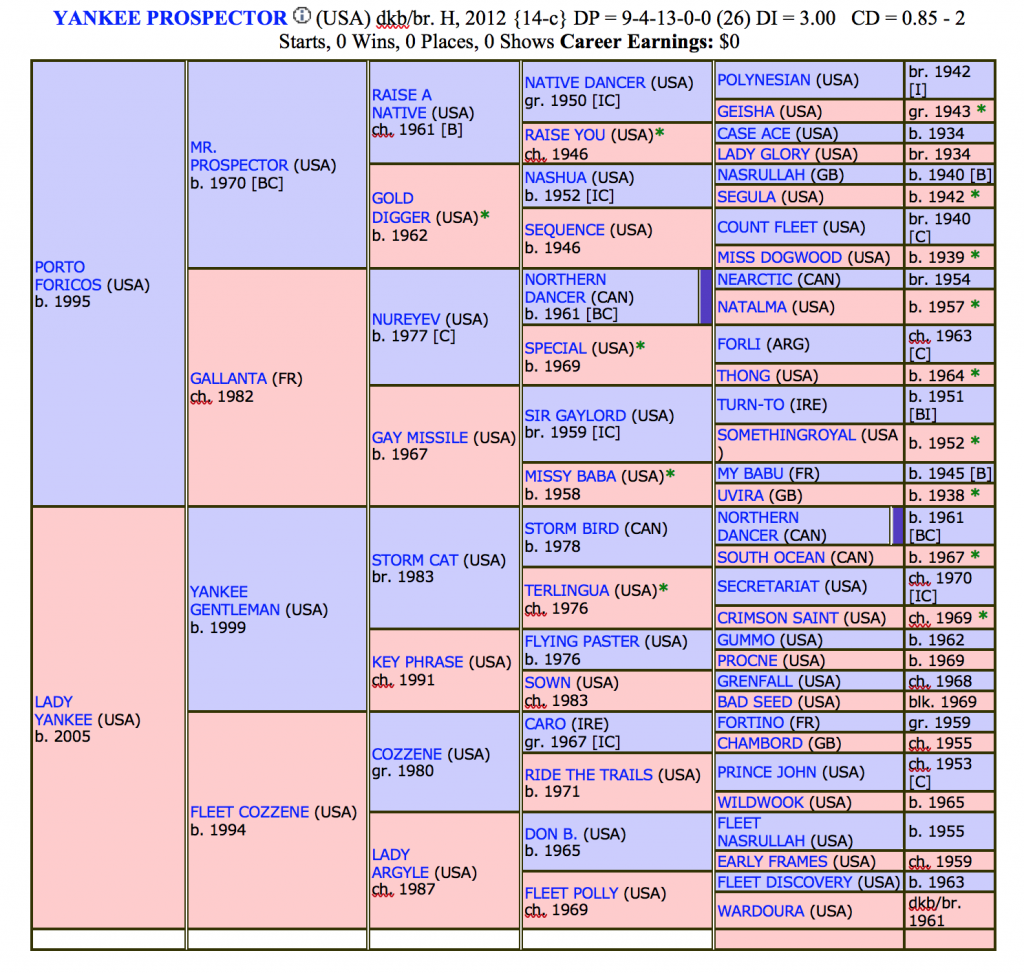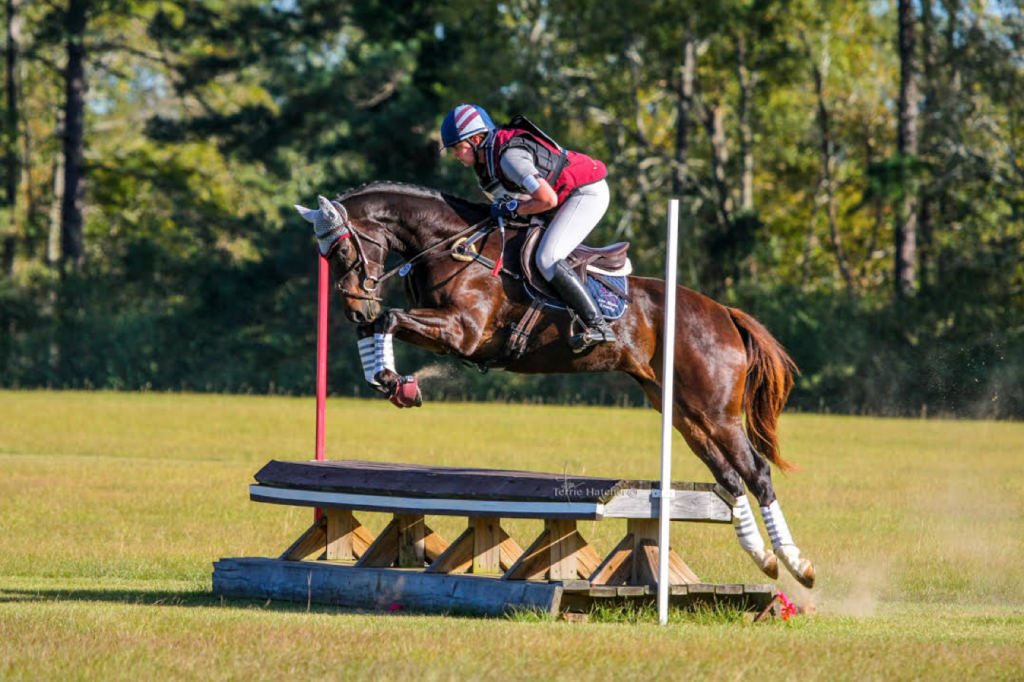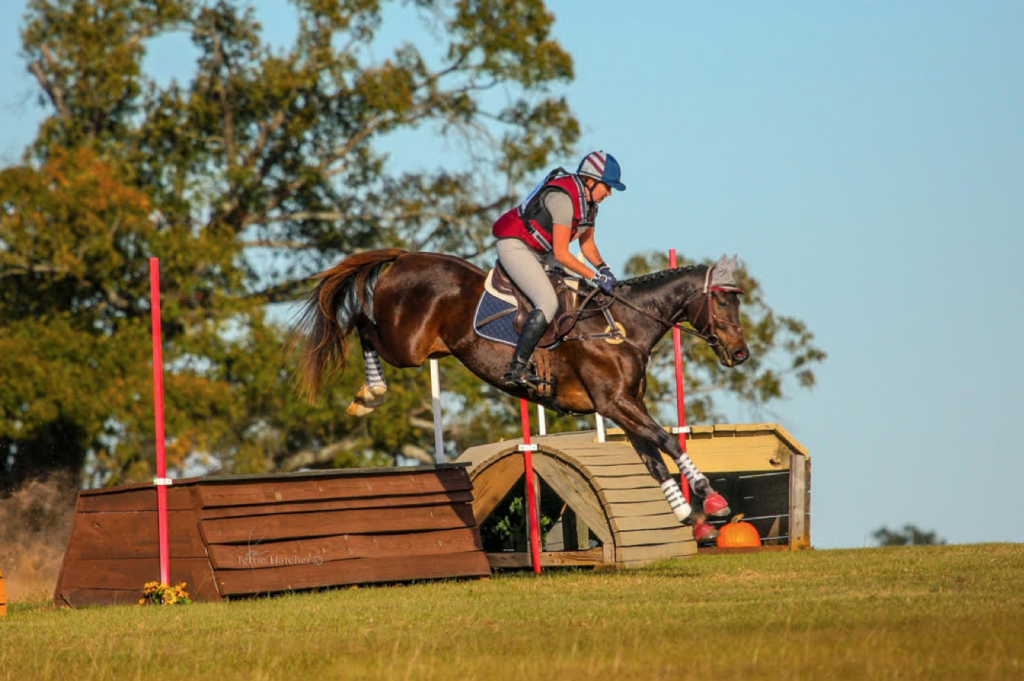Renew Your USEA Membership for the 2023 Season Today LEARN MORE

In this series, the United States Eventing Association (USEA) is partnering with Athletux to critique your off-the-track Thoroughbred (OTTB) eventing prospects. Professional riders and trainers will share their insights into each OTTB's pedigree, racing history, and conformation. Would you like to have your off-the-track Thoroughbred featured in the next edition of OTTB Critique presented by Athletux? We are looking for our next horse! Email your tips to info@athletux.com.
As show season starts ramping up, an awful lot of us will be hitting the start box astride former racehorses. Their popularity in sport careers, and especially eventing, does not appear to be waning, and it’s easy to see why. The disposition of a horse bred for racing and bred for eventing is largely similar, and when these horses retire from their first career it makes sense for eventers to pick them up so they can try their hooves at something new.
While some horses may earn “war horse” status before beginning their second career, others may find themselves retiring from the track early on. Even the most talented horses on paper might decide that running fast simply isn’t for them. This month, Aspire Eventing’s Dani Sussman, will take a look at one such horse, Yankee Prospector (Porto Foricos x Lady Yankee), a 6-year-old gelding owned by Emily Embree.
“In the conformation shot we have, I first noticed his kind eye. He looks like he would crawl into your lap and take a nap with you.” Sussman says. “There are conformation faults that horses can overcome, but a horse with a sour attitude who doesn’t want anything to do with people is probably not going to change his stripes. This horse looks very sweet, which is a definite plus for me.” Moving on from his eye, Sussman then looks at the overall picture of the horse, dividing him into thirds. “Once we’ve divided him into thirds you can see he is pretty proportional, He might be slightly longer in the neck than the other pieces but it could be the camera angle. Having a horse that is proportional throughout his body helps to reduce strain and stress on their bodies, and helps a horse carry himself more efficiently.”
Next on Sussman’s list is checking the angles of the horse’s limbs. “It can be tough to gauge just by a photo, obviously it’s beneficial to see a horse move, but sometimes track photos are all you can go off of so it’s important to know what to look for. This horse is an example of a horse that has a bit of an upright shoulder and pastern, which can sometimes cause a shorter stride and thus more concussion on their feet which isn’t ideal. You have to take this into account, but it shouldn’t be a deal breaker, especially when it’s just a tad off, like with this horse. Everything you see in a conformation photo you should keep in mind when you can see the horse move, if you have any concerns from the photo make sure you’re checking those things in the trot video or in person. He has a good hip angle, and overall I’m happy with his conformation.”

Moving on to look at Yankee Prospector’s history, Sussman notes that everyone has a differing opinion on whether they prefer an experienced and successful racehorse or one who didn’t take to track living. “Looking at his record, he only has two starts which can be good or bad, it’s really a matter of perspective. Ones that have a lot of starts and win a bunch of money typically have a huge drive to run and please and clearly those horses are athletic enough to make it in many sports. That said, there is a downside to that success. Racing is a LOT of wear and tear on joints and the body, and it can be a gamble taking a war horse into a new career. Typically, if they retire sound after many, many starts, then there is a pretty good chance they will hold up to their next career. Getting one that didn’t have that success can also be a gamble. Perhaps the horse simply didn’t like racing, which isn’t a fault. It’s good to try and determine if they were unsuccessful because of physical limitations or because their personality didn’t lend itself to the track. You can’t make a horse do what they don’t want to, whether that be running fast, jumping high, or completing a passage properly, so I try not to think of limited starts as inherently negative. In this case especially we’ll look at it as a good thing as it means this horse is young with little wear and tear and has saved his body for his next career.”

Looking at his jump photos, Sussman is confident this horse will make a nice eventer. “He has very good form with the front end over the jump, and seems to be naturally good with his shoulders. He is pushing off the ground evenly with both hind legs, and from both jump pictures, it looks like he is free in his shoulder and has good push from behind. I would love to see a video of him in action to really be able to asses him, but he seems to have talent from these pictures.” Sussman has often mentioned assessing a horse's intangibles in photos, which can be challenging. “It can be tough to look at a photo and say ‘he’s enjoying this job, or seems to have a good disposition’, but you want a horse who looks keen and willing, like this one does in his jump photos. He seems to really enjoy his new job, as well as have a talent for it.”

Dani Sussman owns and operates Aspire Eventing in Larkspur, Colorado. She is no stranger to the Thoroughbred and has had some very notable off the track horses throughout her career.